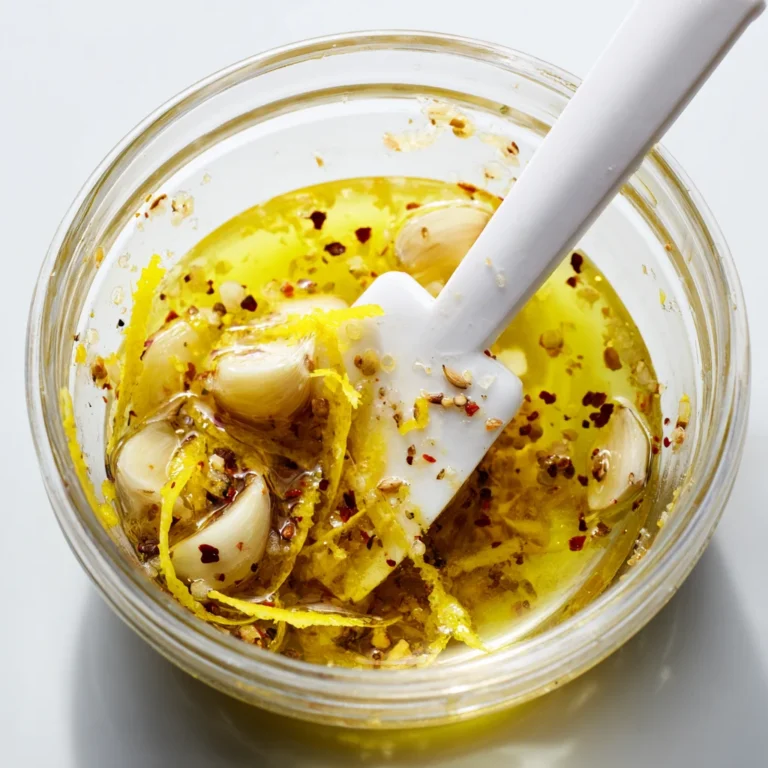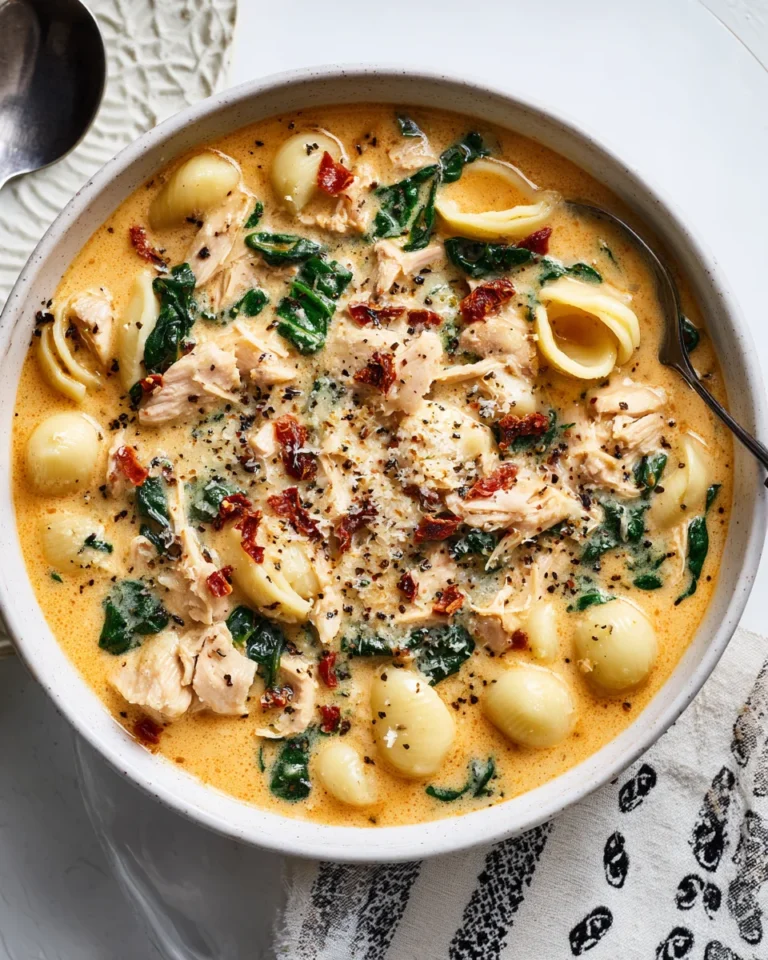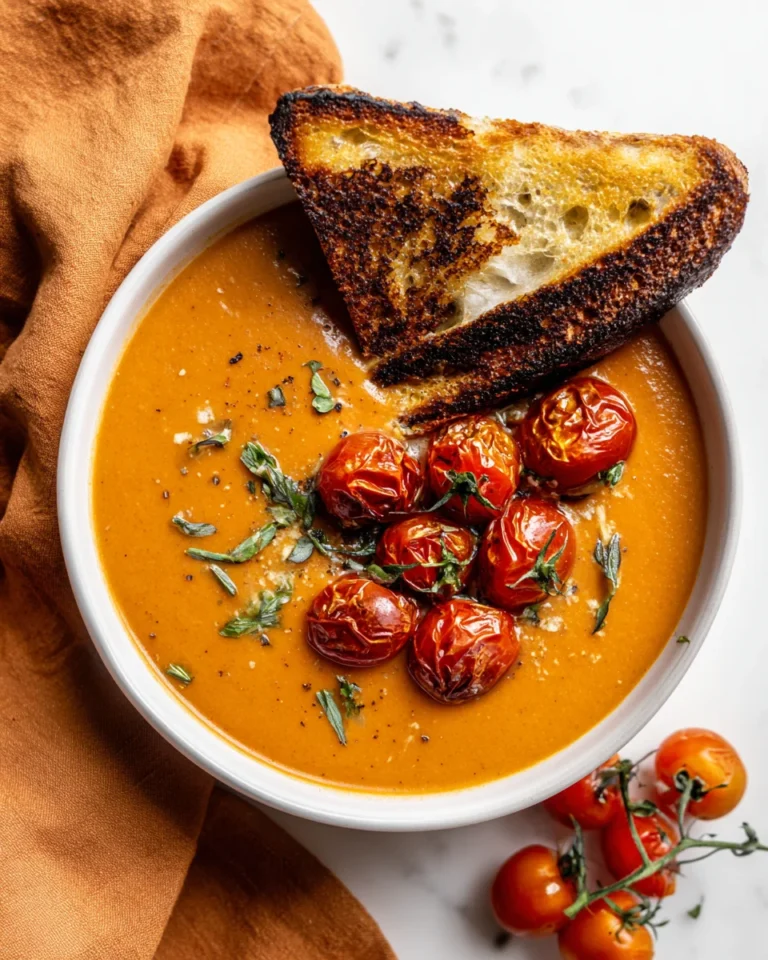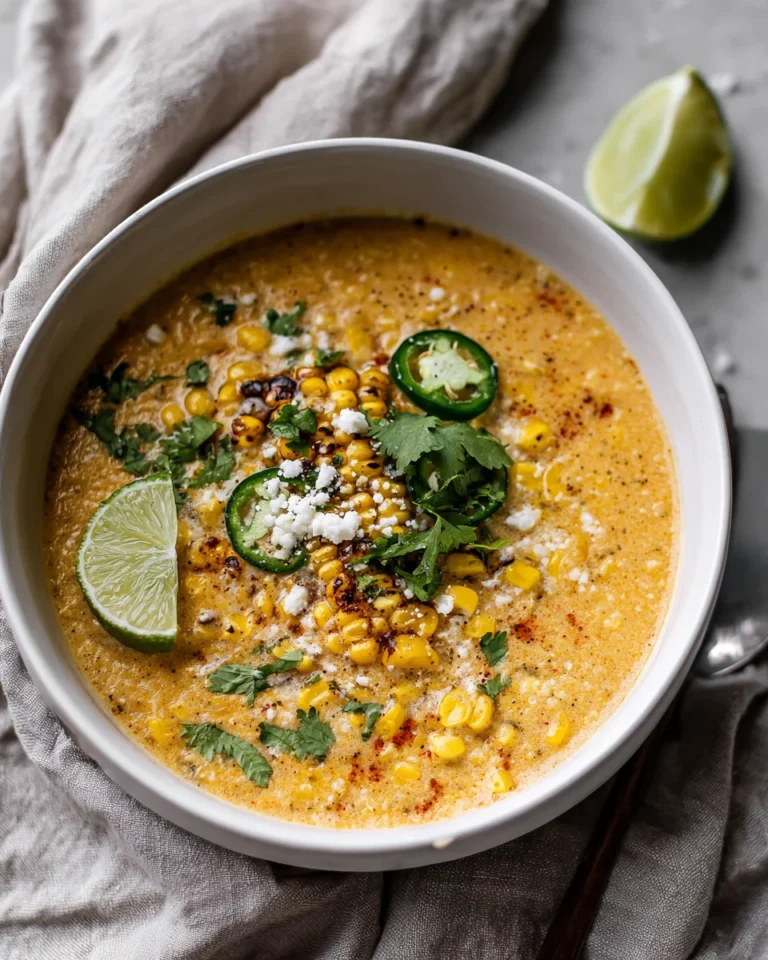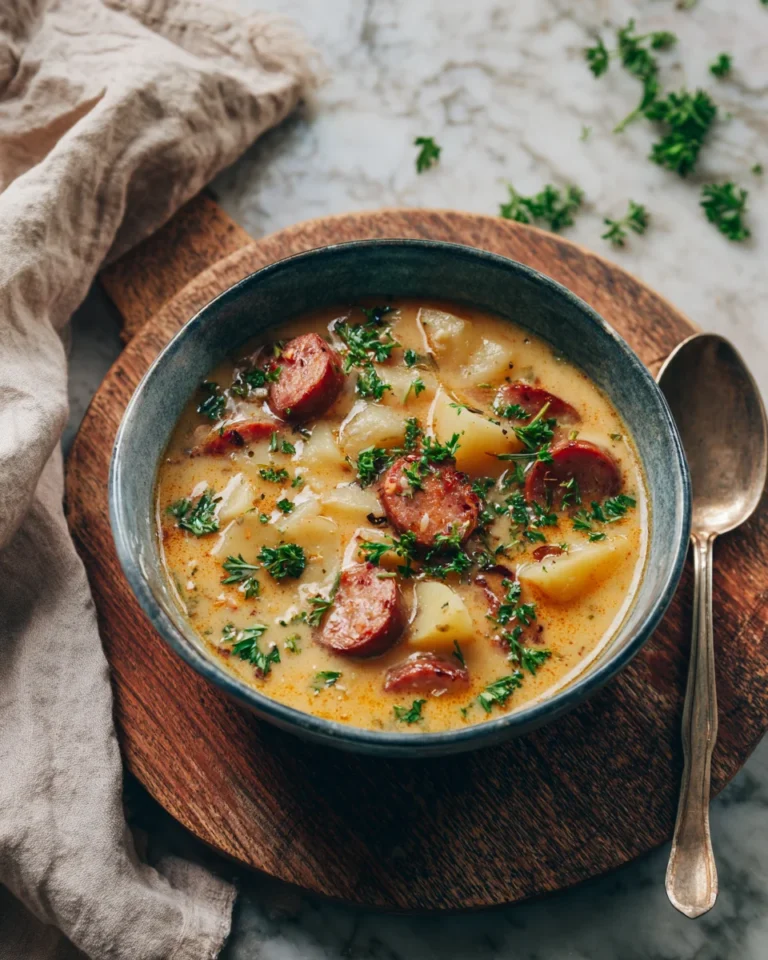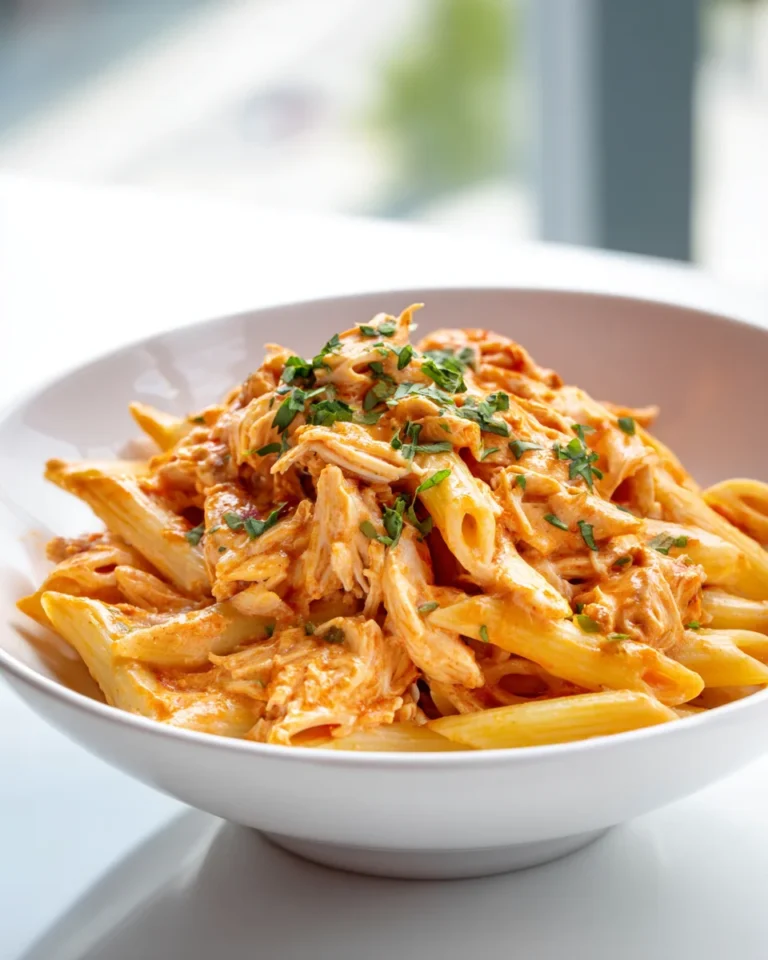Ricotta Meatballs
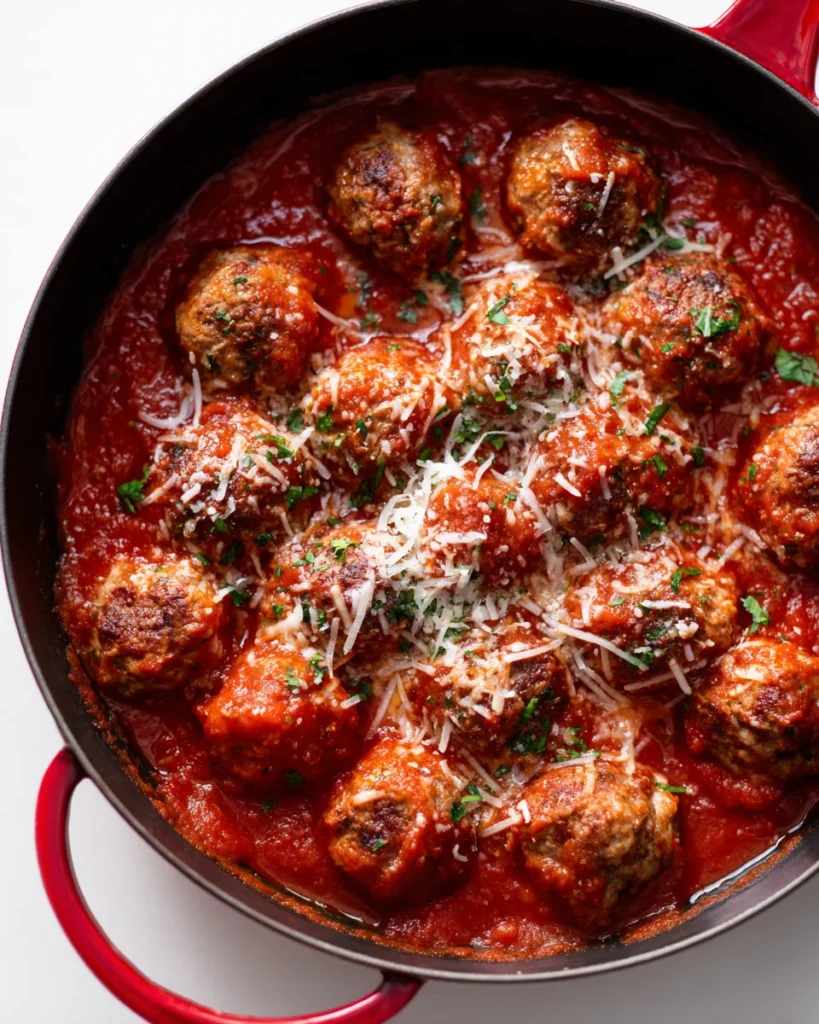
Why I Keep Coming Back to This Recipe
I’ve always been a little shy about sharing my personal life online. But when it comes to food, I can’t help but tell the story behind the recipe. That’s how you feel it, right? That’s how you know what you’re really tasting.
These ricotta meatballs take me back to a quiet winter night when everything outside was still. I had just started cooking more intentionally, learning how to make weeknight meals feel like something special. And on a whim, I added a scoop of ricotta to a standard meatball mix. What came out of the oven was something I hadn’t expected: incredibly tender, flavorful meatballs that almost melted into the sauce. It was the first time a kitchen experiment felt like home.
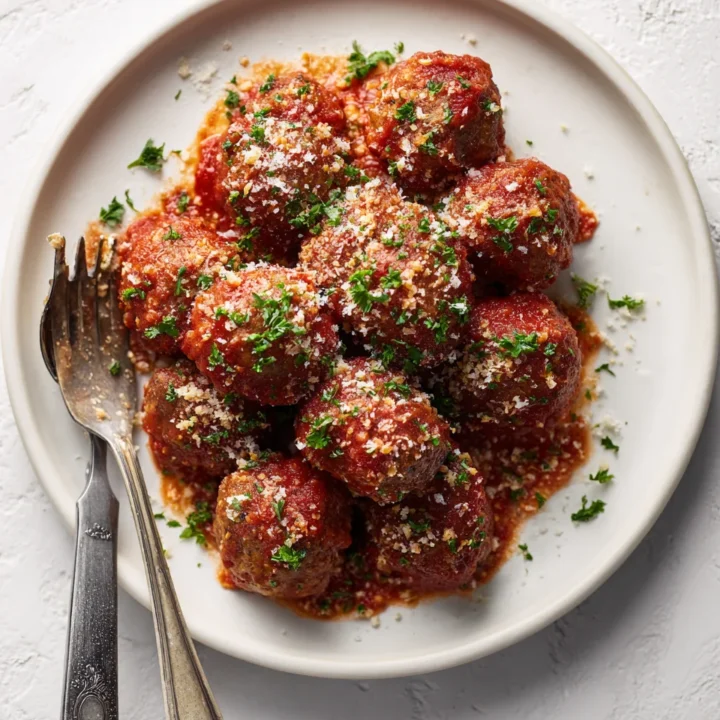
Ricotta Meatballs
These ricotta meatballs are incredibly tender, juicy, and packed with flavor thanks to creamy ricotta cheese and Parmesan. Simmered in rich marinara sauce, they’re perfect for pasta, sandwiches, or on their own with crusty bread. A cozy, comforting dinner that’s easy to make and even easier to love.
Ingredients
- 1 pound ground beef (80/20)
- 3/4 cup full-fat ricotta cheese
- 1/3 cup breadcrumbs (plain or Italian)
- 1/3 cup grated Parmesan cheese
- 1 large egg
- 2 tablespoons chopped fresh parsley
- 1/2 teaspoon kosher salt
- 1/4 teaspoon black pepper
- 1 1/2 cups marinara sauce (store-bought or homemade)
- Olive oil, for searing
- Extra Parmesan and parsley for topping
Instructions
- In a large bowl, whisk the ricotta and egg until smooth.
- Add the ground beef, breadcrumbs, Parmesan, parsley, salt, and pepper. Mix gently until just combined.
- Use a cookie scoop or your hands to roll into meatballs (about 1.5 inches wide).
- Heat a large skillet over medium heat and add a drizzle of olive oil.
- Sear the meatballs in batches until browned on all sides, about 6–8 minutes total.
- Pour marinara sauce into the skillet, lower heat, and simmer meatballs in the sauce for 15–20 minutes until fully cooked.
- Top with extra Parmesan and parsley before serving.
Notes
Why You’ll Love This Recipe
These meatballs are everything you want in a cozy, home-cooked meal. They’re tender without falling apart, rich without being greasy, and incredibly flavorful even before you spoon sauce over them. And the best part? They work with everything.
You can toss them on top of your favorite pasta, tuck them into a crusty roll for a sandwich, or pile them over roasted vegetables for a lighter dinner. They freeze beautifully, too, making them a dream for meal prep.
Let’s Talk Ingredients
Let’s start with the star: ricotta. Use a full-fat version if you can. It blends into the meat effortlessly and gives the interior that soft, pillowy texture. Whipping it first with the eggs makes sure it distributes evenly through every bite.
Curious about the difference between cottage cheese and ricotta, especially why ricotta gives meatballs such a pillowy texture? This helpful guide breaks down how ricotta’s smooth, slightly grainy consistency and richer fat content make it the better choice for tender, juicy meatballs compared to cottage cheese
Next is ground beef. I stick to 80/20 for that perfect balance of flavor and moisture. You can also use a mix of beef and pork if you’re feeling fancy.
Breadcrumbs are here not to dominate, but to gently hold everything together. I prefer plain, finely ground ones. Seasoned work in a pinch, just go easy on the salt.
And don’t skip the grated Parmesan—it gives the meatballs a boost of umami and sharpness that contrasts so nicely with the mellow ricotta. Fresh parsley adds color and lightness that really makes the flavors pop.
How to Make Ricotta Meatballs
Mixing the Meatball Base
Whip your ricotta with the eggs until smooth and creamy, almost like a custard base. Then gently fold in your ground meat, breadcrumbs, cheese, and chopped herbs.
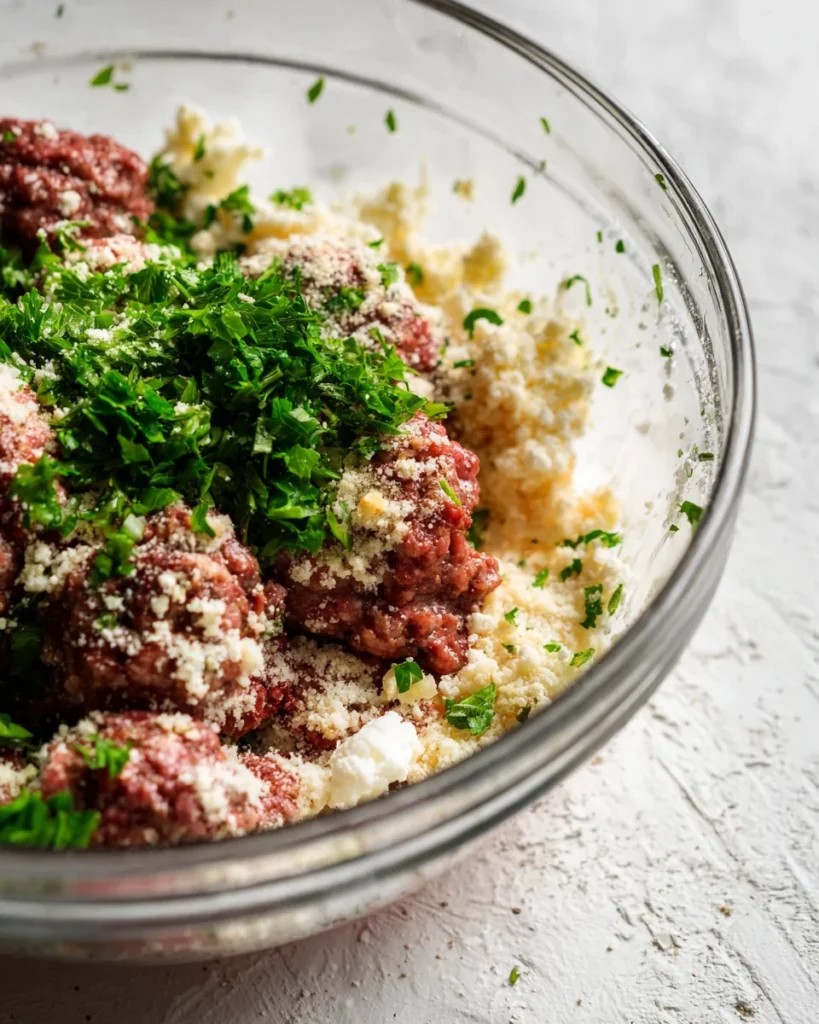
Shaping the Meatballs
Scoop the mixture gently—don’t overwork it. Roll each one until just firm enough to hold shape. They should feel light in your hands, not dense or packed.
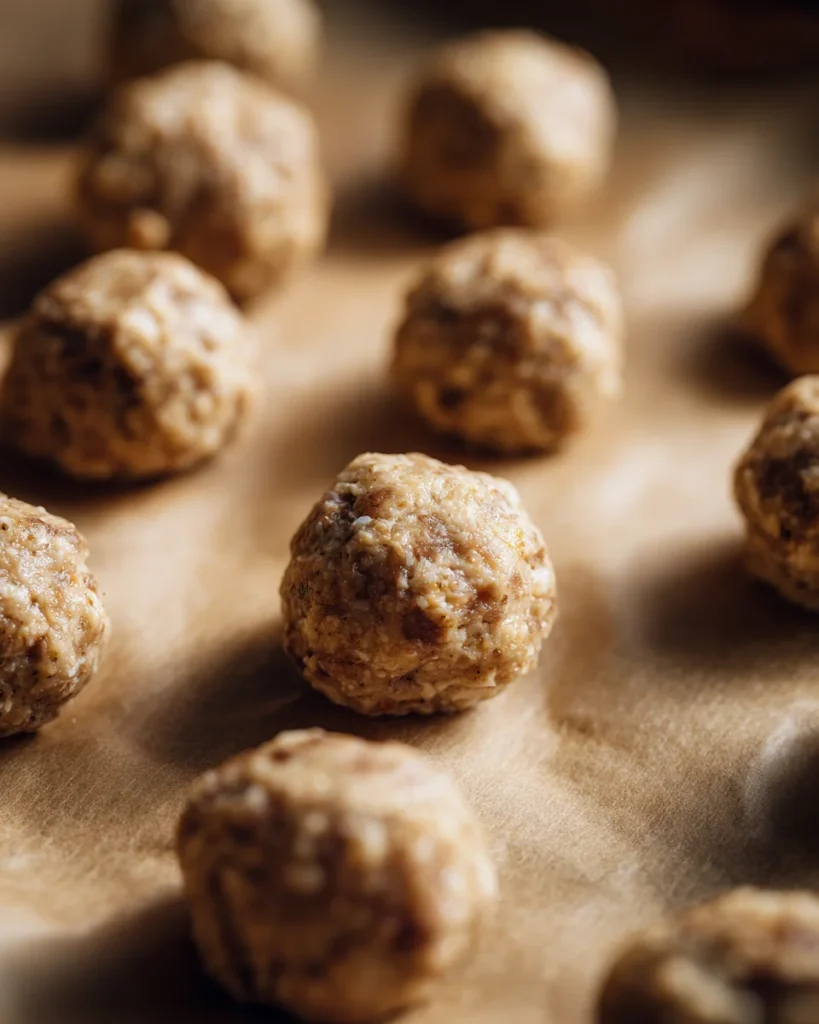
Cooking and Simmering
Start by searing the meatballs in a hot pan with a little olive oil. Let them get golden on the outside, then pour your favorite marinara sauce over the top. Simmer everything low and slow until they’re cooked through and the sauce has thickened beautifully.
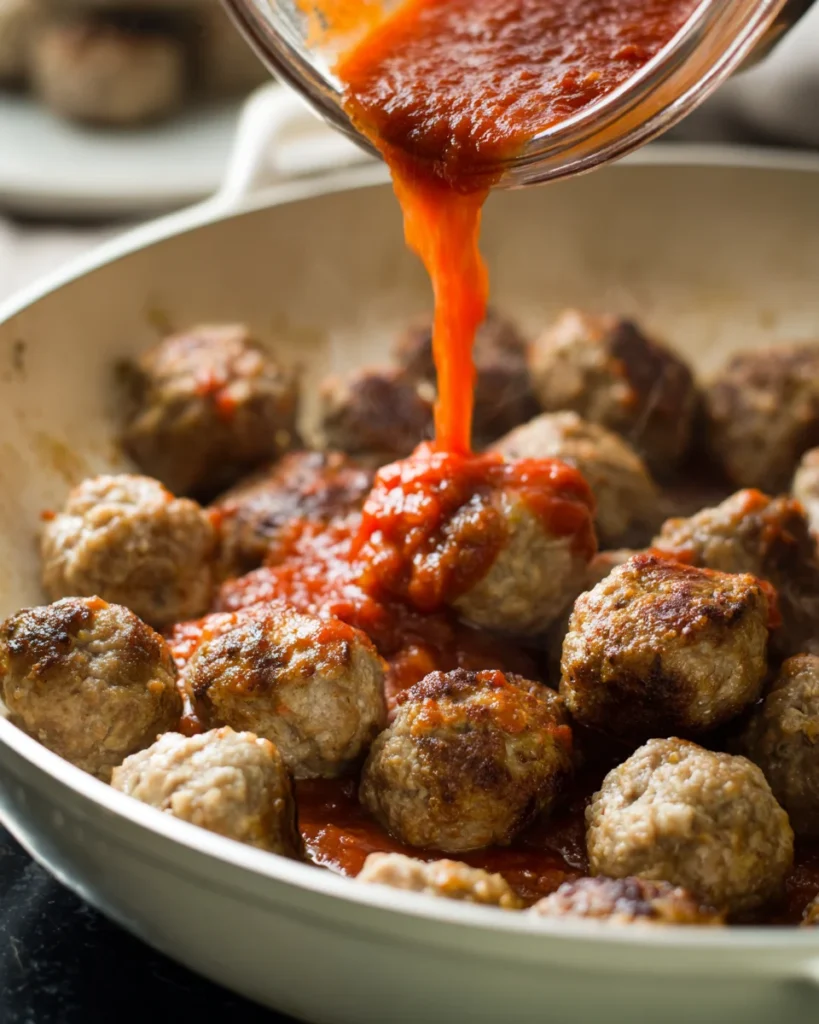
Finishing Touches
Before serving, sprinkle generously with Parmesan and a little more chopped parsley. If you have fresh basil, even better. Serve hot, with crusty bread or creamy pasta, and watch them disappear.
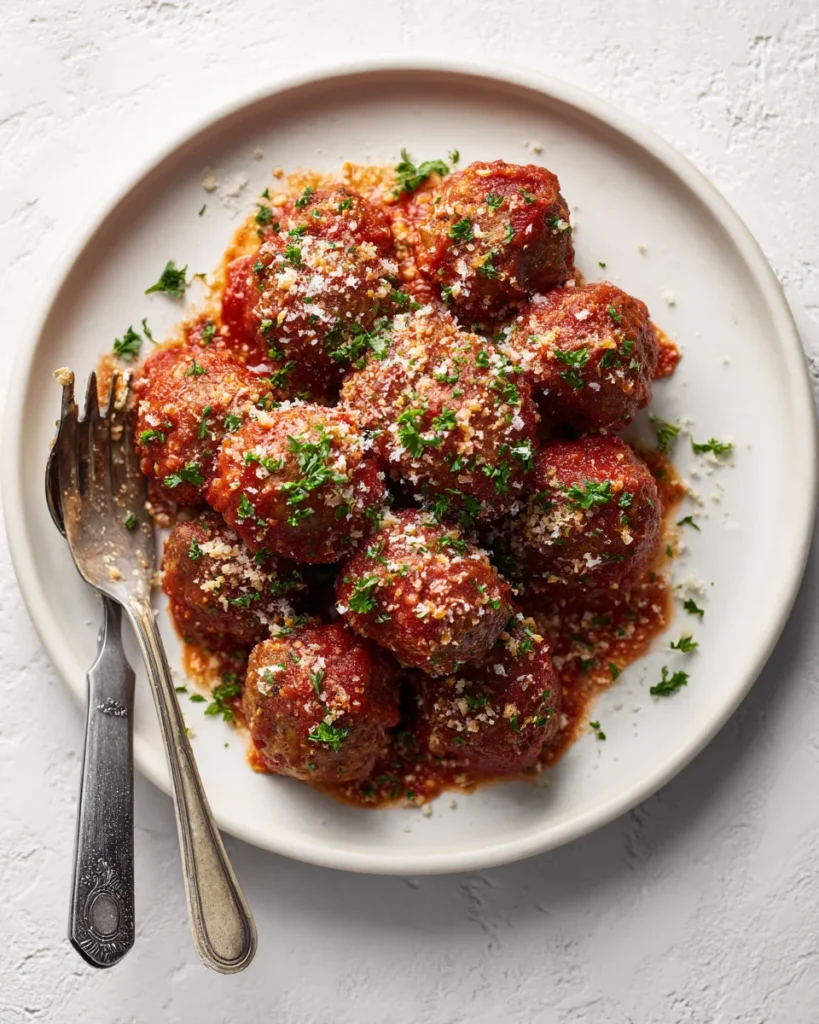
Recipe Don’ts
Variations You’ll Love
- Low Carb: Use almond flour instead of breadcrumbs.
- Spicy Kick: Add crushed red pepper or chopped Calabrian chiles to the mix.
- Herb Forward: Mix in fresh basil, oregano, or thyme for an Italian herb vibe.
- Mini Meatballs: Perfect for appetizers or tossing into soup.
Expert Tips, Swaps & Storage Advice
What to Serve This With
| These meatballs love being the star, but they play so well with others. Serve them over spaghetti for a classic vibe, or pair with garlic bread and a simple arugula salad for a weeknight dinner that feels fancy. I also love them next to roasted broccoli or tucked into a roll with a melty slice of provolone. And if you’re in a brunchy mood? These on polenta with a poached egg on top. Unreal. |
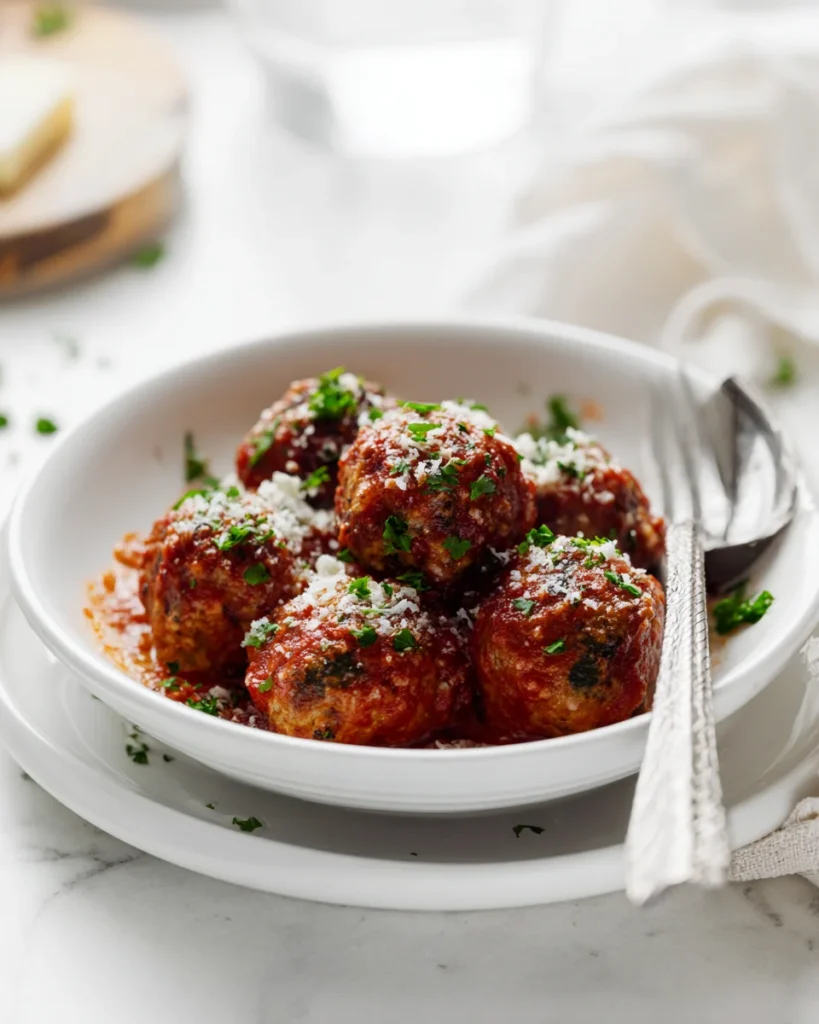
FAQs
What’s the difference between cottage cheese and ricotta?
Cottage cheese is lumpier and wetter with noticeable curds, while ricotta is smoother, creamier, and richer. Ricotta blends effortlessly into meatballs, giving them a tender texture without changing the flavor too much.
What does adding ricotta to meatballs do?
It makes them unbelievably soft and juicy. The ricotta adds moisture and richness without making the meatballs dense. You get all the flavor of a classic meatball, but with a melt-in-your-mouth interior.
What is the secret ingredient for moist meatballs?
Ricotta is definitely the star here, but combining it with breadcrumbs, eggs, and fresh herbs seals in moisture. Baking or lightly pan-frying keeps them tender too.
What is the best cheese for meatballs?
Ricotta for tenderness, and finely grated Parmesan or Pecorino for flavor. A sprinkle of Parm on top after cooking also adds a sharp, salty finish that balances the sauce beautifully.

